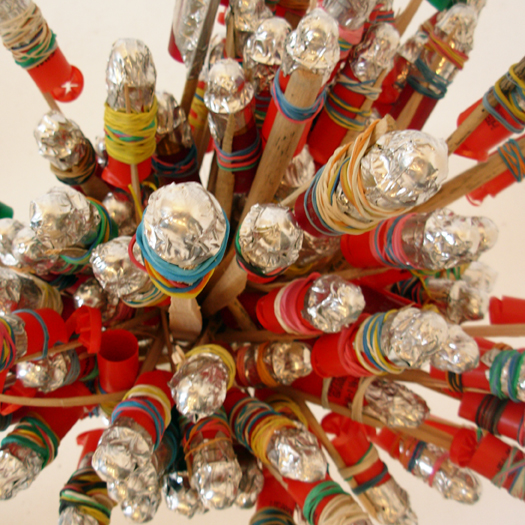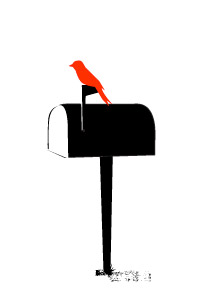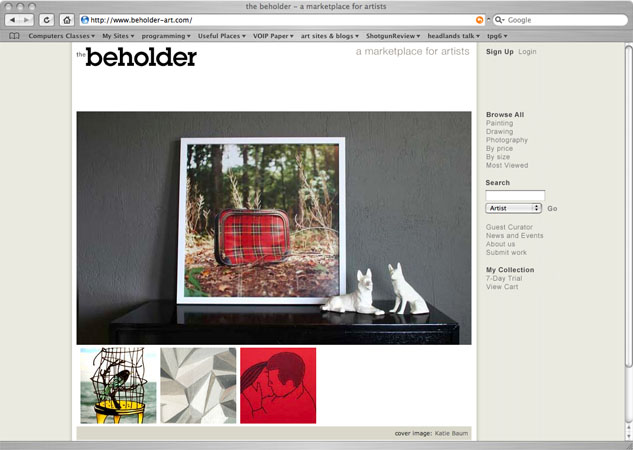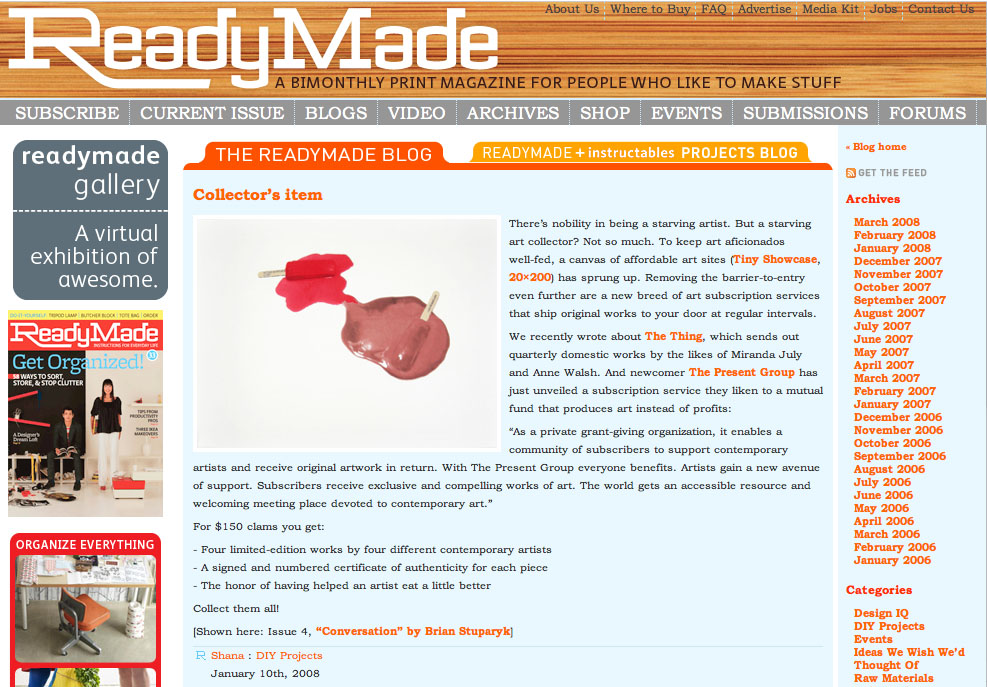Asked by Marianna Stark of the Stark Guide
The way that I answered this question was
1. do your research: the information is out there
and
2. make friends
But I think I can be a little more thorough here. I think what Eleanor Harwood added was important and a good place to start:
have a good package.
Make sure you have a complete package, including images, a cv, and an artist statement. I think, though, that it is also becoming more and more important these days to have a website. This site can be fairly simple. You can even use blogs, such as wordpress, livejournal, or blogger, which are very easy to use and have lots of free templates you can start off with. You can create categories or pages that will separate your different bodies of work. A website is a useful tool for the person viewing your work, in that everything is in one place, you aren’t clogging up email with lots of images, and one can view your growth over the years. Also, it helps increase your visibility as galleries can link to your site from theirs, allowing people to gain a better idea of who you are.
Also, going into the idea of making friends, it (a website) is also a good networking tool. You can trade links with people you like and you can keep in close contact with other artists who you respect. Making friends in the real world can be very difficult for some of us. It is very easy to say, “go make friends,” but that is sortof hard to actually accomplish sometimes. But online, it isn’t quite as hard. I am realizing more and more that the artworld is built on connections between people.
Davin Youngs, TPG artist #5, is a great example of this. He tries to update his livejournal with a new photo daily. He keeps up with friends and other artists by monitoring their RSS feeds and commenting on work he particularly likes. And he has found through this network some online projects that have well suited him. He is part of The Ones We Love, Fjordphoto.org, and Anything.
And now for doing your research: The opportunities are out there, you just have to find ones that suit your work. It takes a good amount of time and energy to do this, but art as a career is just that. Find galleries that work with artists like you and approach them, see if they have an open submission policy. We do. Eleanor Harwood does. SoEx does.
Lastly, I thought it could be helpful if I shared the places that we’ve found that list open calls. The only ones that charges money for submitting an opportunity art NYFA and Art Week. Most of them are free to view: Arts Opportunities Monthly and The Art List both charge fees. I haven’t found a great resource for artists in the Bay Area; it seems as though there’s a hole since the shut down of Artist Resource. Many people look down on open calls, but it is a good way for artists to start establishing those all-important connections and getting their work out there.
NYFA
Rhizome
A Singular Creation
Art Deadlines List
Arts Opportunities Monthly ($20 a year- sent via email monthly)
Art Source
Art Week
Chicago Artist Resource
Fecal Face (under forums: Calls for Artists)
Del.icio.us (with tags: /call_and_events, tag/opportunities)
Fjord (under “member news”)
Klog!
Arts Opportunities
TheArtList ($15 a year to view)
PortlandArt (mostly has Oregon-only listings, but occaional national listings as well)
Zurco

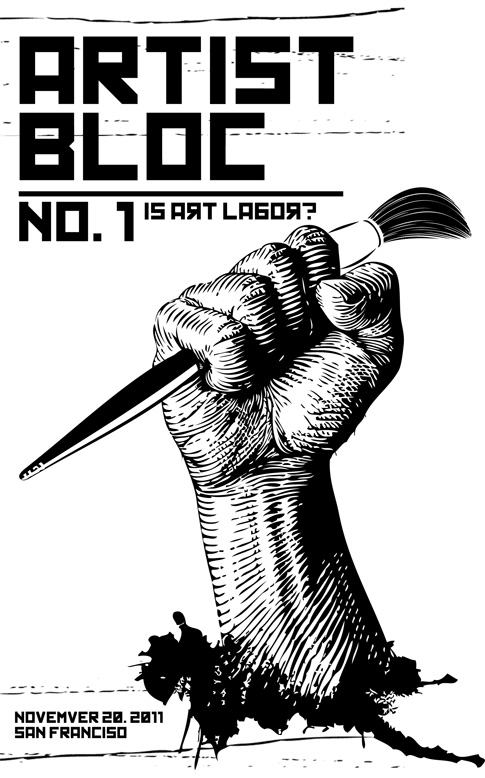
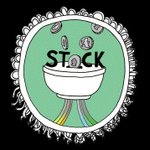
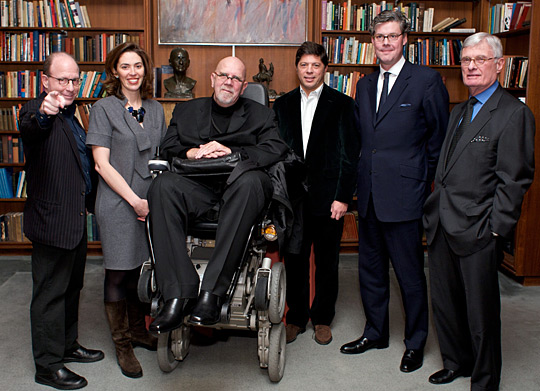 Panelists for the Feb. 3 debate included (from left) Jerry Saltz, Amy Cappellazzo, Chuck Close and Adam Lindemann.
Panelists for the Feb. 3 debate included (from left) Jerry Saltz, Amy Cappellazzo, Chuck Close and Adam Lindemann. 